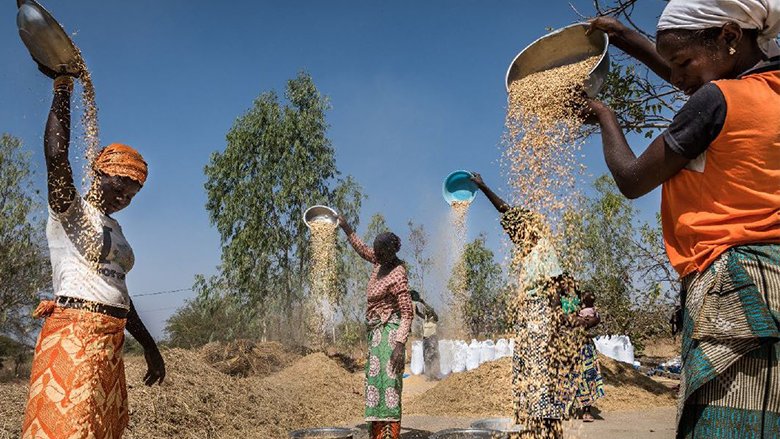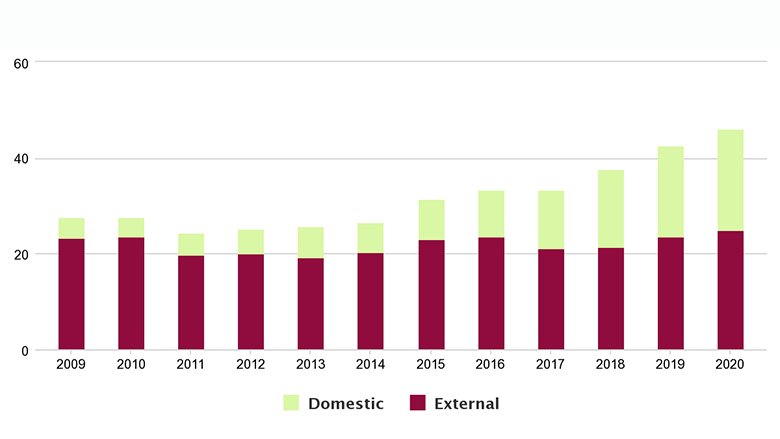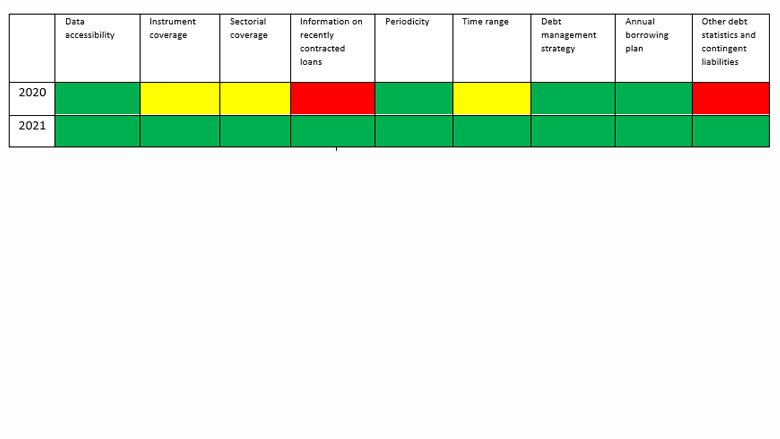“In a context of growing financing needs to meet development challenges and dwindling concessional resources, we had to explore other sources of financing, which were more available but more complex,” said Serge Toe, Head of the Public Debt Office in Burkina Faso's Ministry of Finance.
Greater Disclosure Means Lower Borrowing Costs
To expand its investors base to improve borrowing conditions, the debt management office started looking for ways to reduce information asymmetry between the country and its creditors. Global studies indicate that debt transparency directly contributes to higher credit ratings, lower borrowing costs, and foreign direct investment (FDI) inflows. Hence, the debt management office took the strategic stance to focus on debt transparency efforts and took several actions to improve public debt reporting and disclosure.
The road ahead was challenging, as many steps needed to be taken. Although Burkina Faso was sporadically publishing a Statistical Debt Bulletin and an Annual Borrowing Plan, they were neither complete nor timely. For example, the Bulletin was missing critical information on some loans—including creditor category or loan amount. There were no statistics on fiscal risks related to the government’s contingent liabilities, such as guaranteed debt or the debt of state-owned enterprises. In addition, the Bulletin was not produced systematically and made available with a significant delay.
The Debt Management Facility Steps In
To address these challenges, Burkina Faso decided to partner with the Debt Management Facility (DMF) with the objective of improving debt transparency under a broader World Bank Development Policy Operation. Over four months, from December 2020 to March 2021, the DMF helped Burkina Faso build the debt management office's capacity for debt reporting. “The DMF experts virtually trained officers of the debt office, analyzed collegially with them data captured in the debt recording systems, and made recommendations for enhanced debt reporting,” said Daniel Pajank, Senior Economist for Burkina Faso at the World Bank.
The first part of the work focused on improving the quality of the debt database. The second focused on improving the quality of the quarterly Statistical Debt Bulletin. The WB-Government team jointly designed a roadmap of reforms for 2021, with step-by-step instructions to publish Bulletins in line with international sound practices.
In March 2021, Burkina Faso published its first comprehensive Statistical Debt Bulletin. The new Bulletin includes information about loan guarantees related to public enterprises and public-private partnership contracts. It includes loan information with detailed data on terms and conditions. The Bulletin was also published on time, allowing the dissemination of information within three months from the data cut-off date.
The efforts to improve debt transparency and full disclosure of public debt are showing the first positive signs. Over the past two years, the country’s borrowing costs have gradually decreased for all debt instruments. The debt management office was also able to extend the maturity of bonds from five to ten years to mitigate liquidity risks and continued to produce high-quality Statistical Debt Bulletins on time. As of June 2022, Burkina Faso’s access to the regional capital markets remains strong, and its funding costs, particularly for shorter-term borrowing, are among the lowest in the region.
The World Bank's Debt Reporting Heat Map shows that Burkina Faso closed the gap in coverage and timeliness of disclosed information, meeting the “full disclosure” criteria in every single category.





